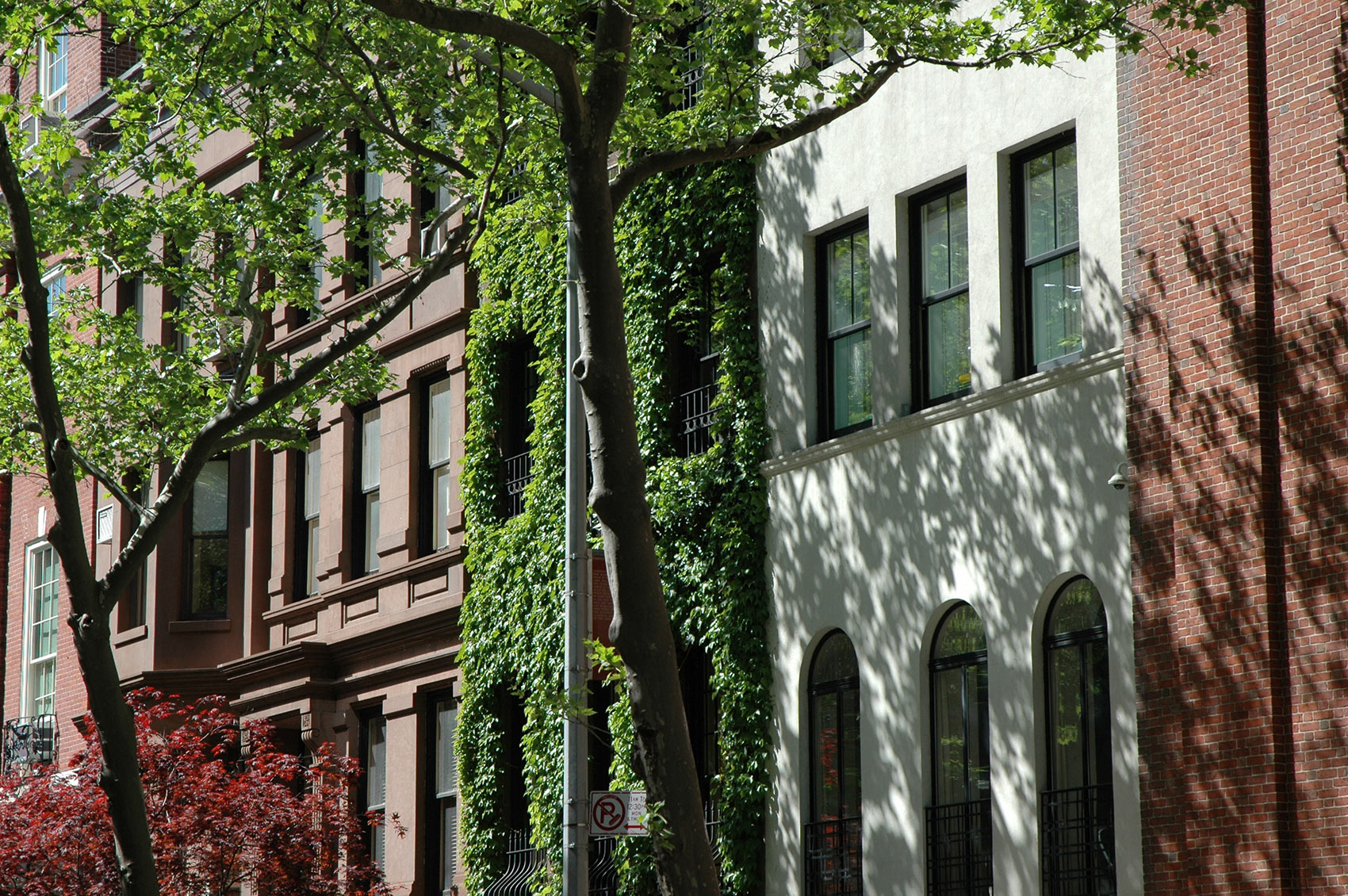Gum surgery addresses advanced gum disease and other oral health issues, promoting healthier gums, preventing tooth loss, and enhancing overall dental function for long-term wellness.

Protecting Your Smile's Foundation
Gum surgery is a crucial procedure for addressing advanced gum disease and restoring the health of your gums.
It’s important because untreated gum issues can lead to tooth loss, pain, and long-term oral health complications.
Drs. Steven Roth and Timothy Chase at SmilesNY specialize in gum surgery in Manhattan, offering personalized care that targets the root causes of gum problems.
. Expert Solutions for Gum Health
Personalized Care for Lasting Comfort
With their expertise, patients can experience relief from discomfort, prevent further damage, and protect their overall dental health.
Whether you’re in need of treatment for gum recession or severe gum disease, the team at SmilesNY is here to help you feel your best.

. Advanced Care for Healthier Gums
Take the First Step Toward Healing and Relief
If you’re dealing with receding gums, pain, or frequent bleeding, it can feel overwhelming.
The discomfort from swollen or infected gums can make simple tasks like eating or speaking painful.
You may worry about your smile, the appearance of your gums, or the long-term effects of gum disease.
Without treatment, these issues can worsen, affecting both your oral health and overall well-being.
Searching for effective gum surgery in Manhattan may feel daunting, but with the experienced team at SmilesNY, including Drs. Steven Roth and Timothy Chase, you’ll be in capable hands to address these concerns with compassion and care.
Effective Care for Lasting Relief
- Gum pain and sensitivity
- Frequent bleeding while brushing
- Receding or uneven gums
- Difficulty chewing or speaking
- Concerns about worsening condition

Renew Your Smile’s Foundation with Expert Care
Gum surgery in the Upper East Side offers patients the opportunity to address serious gum issues with precision and care.
Drs. Steven Roth and Timothy Chase, along with their dedicated team, are experts in restoring gum health, ensuring that patients feel comfortable and confident
throughout the process.
Whether it’s repairing damaged gums or improving gum tissue for long-term oral health, SmilesNY provides personalized care tailored to each individual.
With advanced techniques and a compassionate approach, gum surgery in Manhattan can help restore your smile and improve your overall health, making you feel better and smile brighter.
At SmilesNY, our patients are our greatest advocates, and their heartfelt reviews reflect the exceptional care and transformative results we deliver.
From the moment you step into our elegant office, you’ll experience a warm, welcoming atmosphere where your comfort is prioritized.
Our skilled team, led by Drs. Roth and Chase, goes above and beyond to ensure each patient feels valued and heard.
Patients consistently express their delight at not only achieving stunning smiles but also feeling cared for every step of the way. Discover why so many trust us with their dental journey and join our community of satisfied smiles!